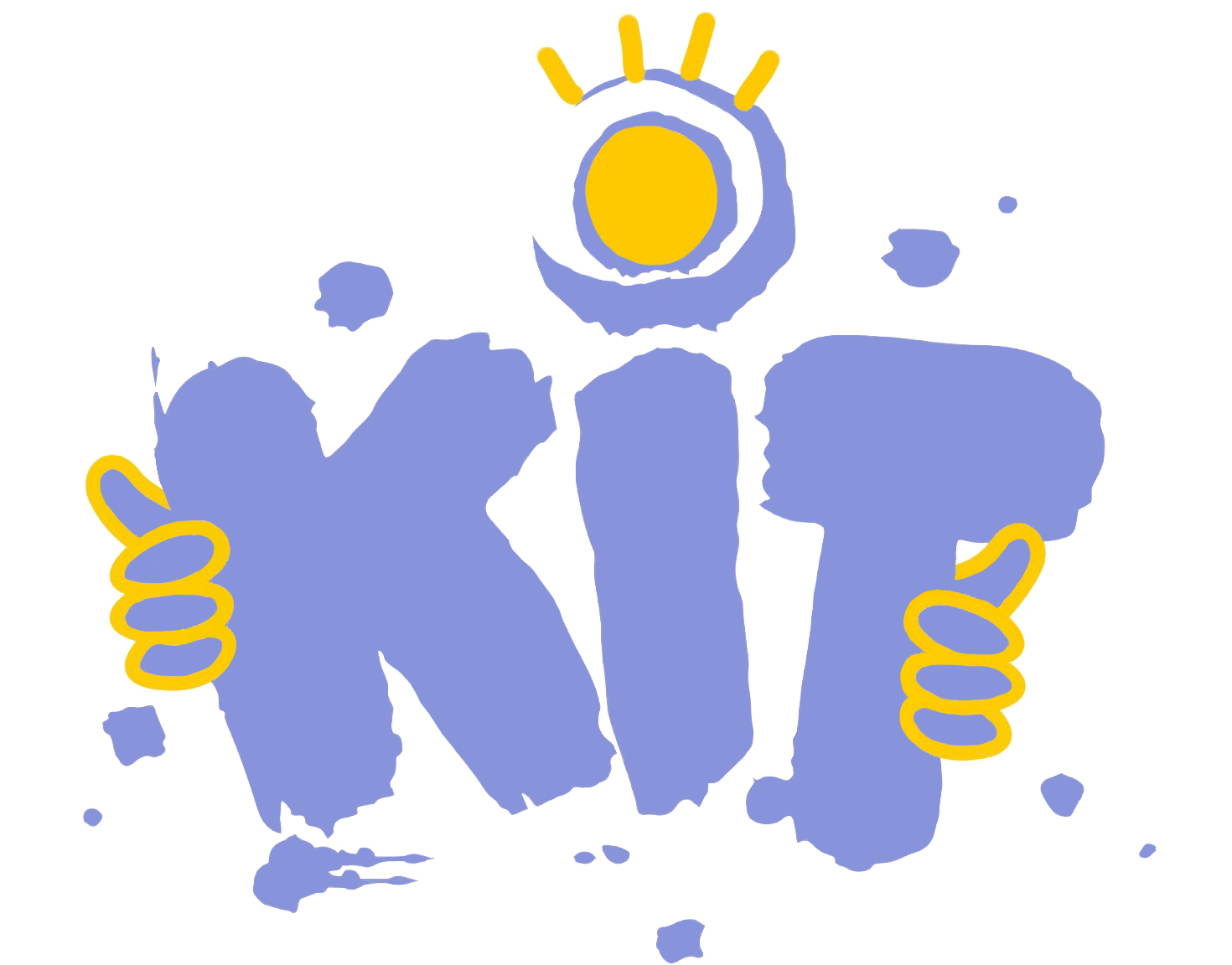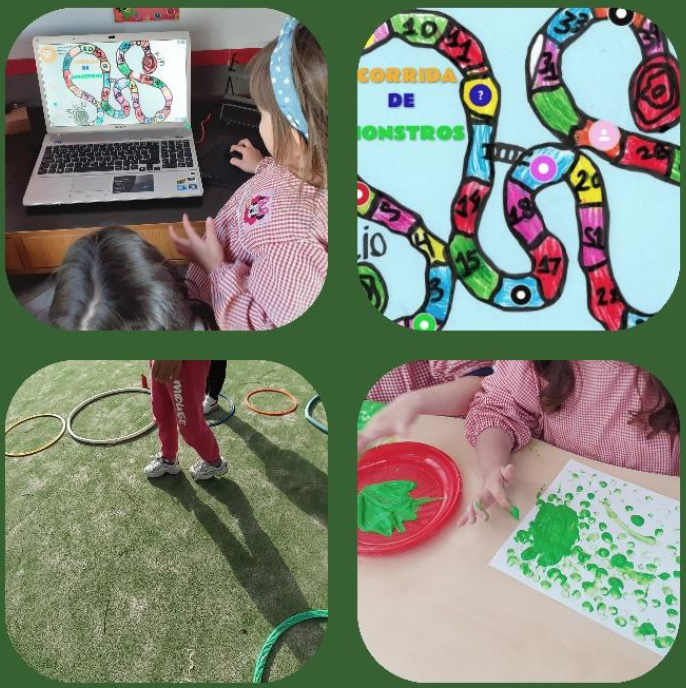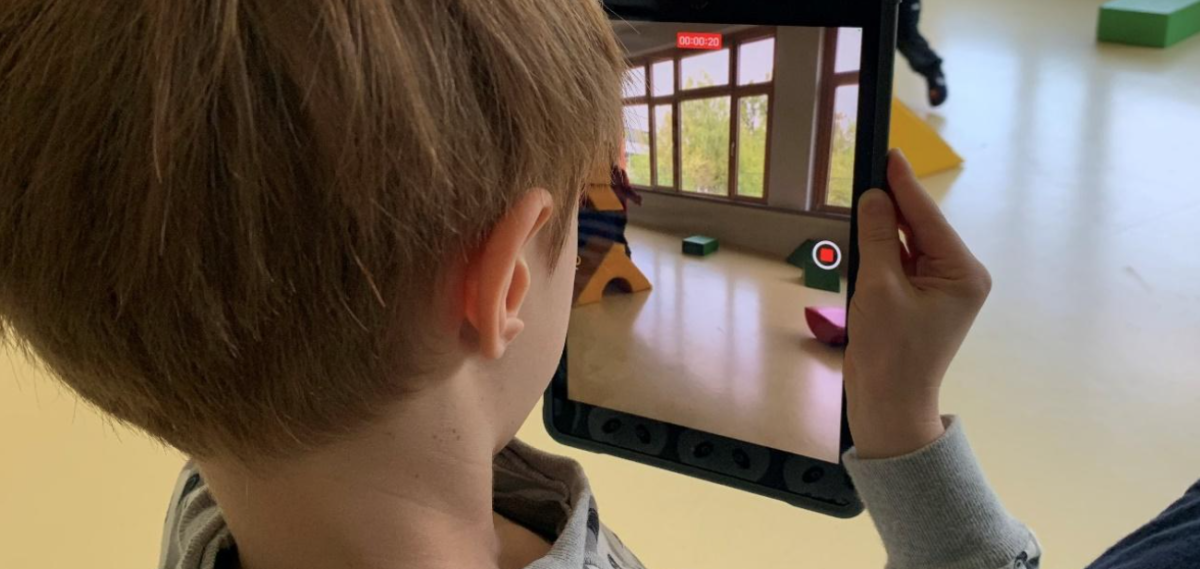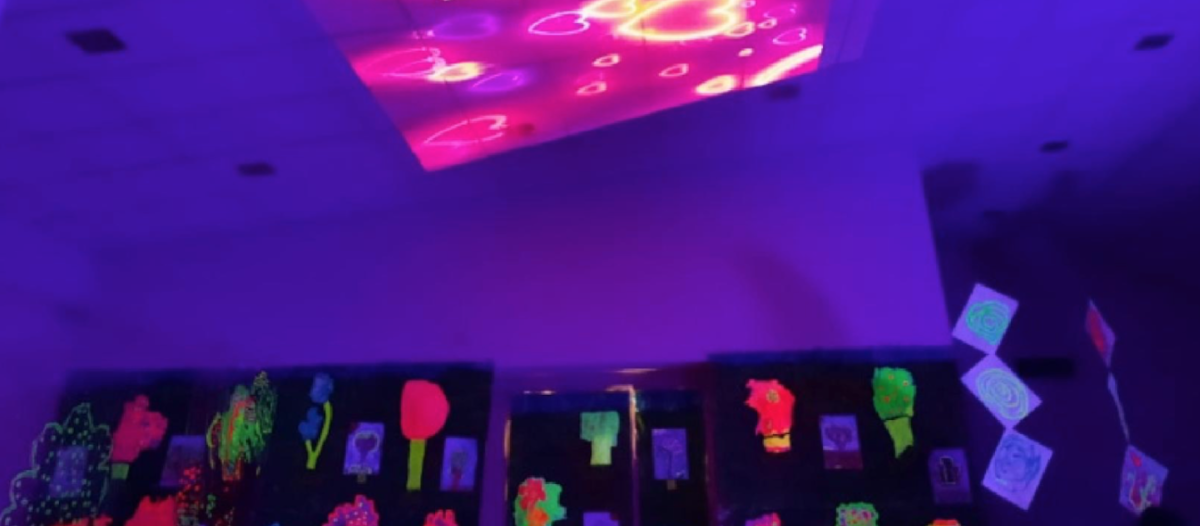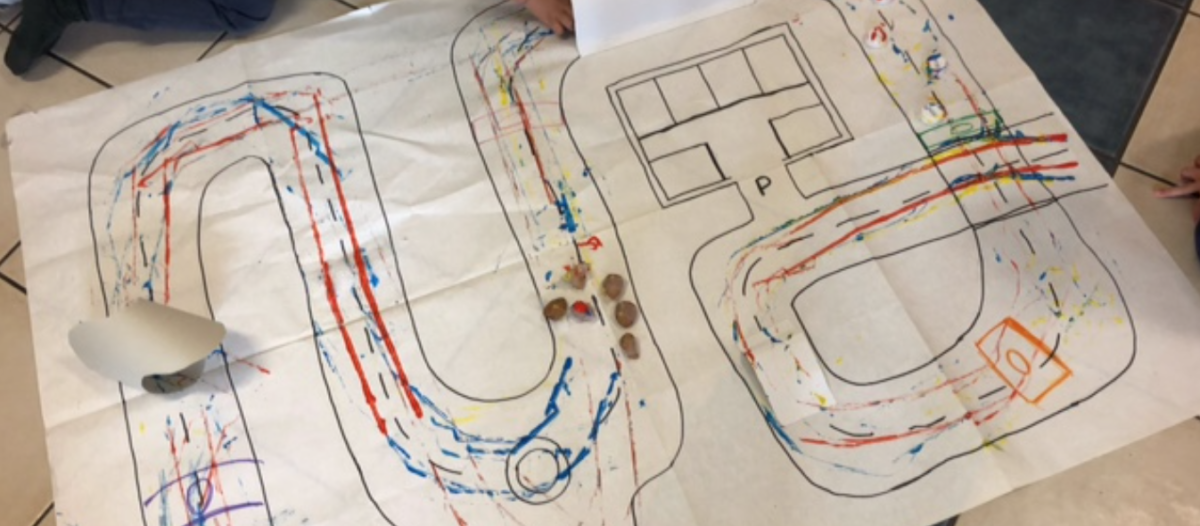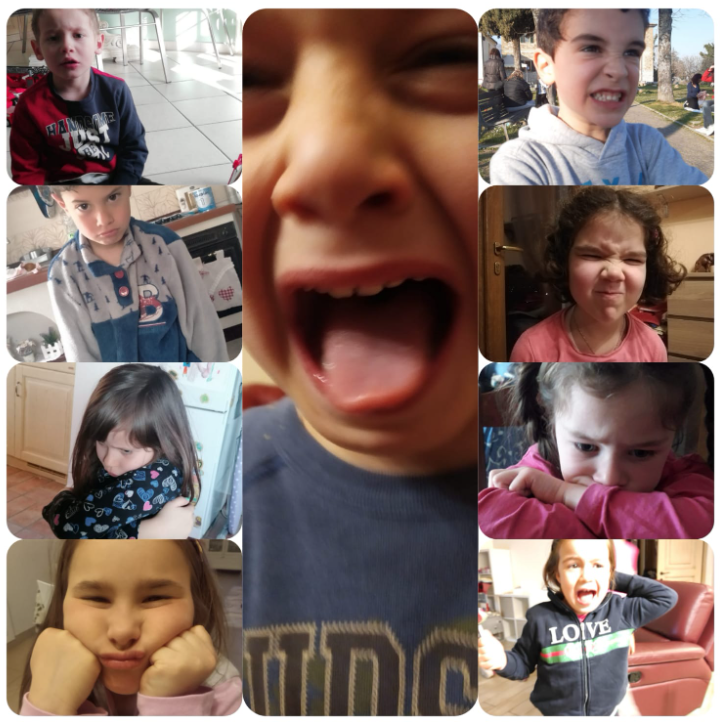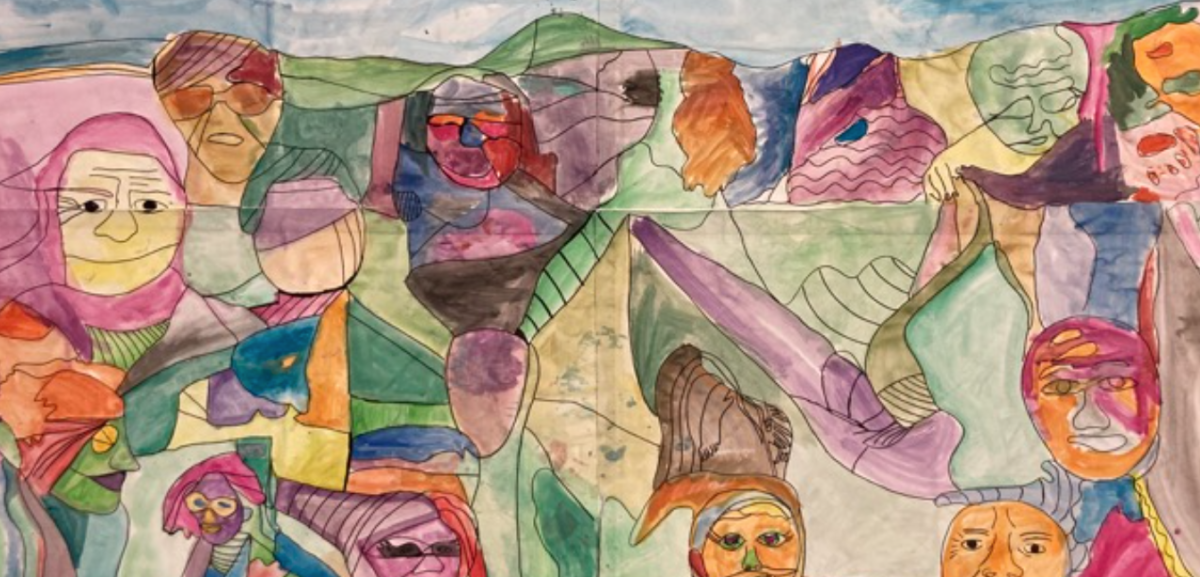Can digital tools influence children’s physical development?
Yes!
Digital tools stimulate children, as they are an instrument that attracts them, leading them to develop and conquer new learnings.In kindergarten, they collaborate in the construction of the game “Monsters race” with the Genially app and later explore it on the school playground, in the classroom and at home with their families.
An idea from
Educators from Agrupamento de Escolas de Santo António; Barreiro, Portugal
Time
5 activities with the children of 30 minutes each
Age
3-6 years
Objective
- Using digital tools as facilitators of children’s physical development.
- Learning to respect group rules, to cooperate as a team (cooperate in game situations, learn to follow instructions and respect social rules).
- Use different digital tools to support the pedagogical activities carried out daily and learn to respect safety rules when using them.
#physicalactivity #sport #movement #outdoorgames #boardgame #Genially
